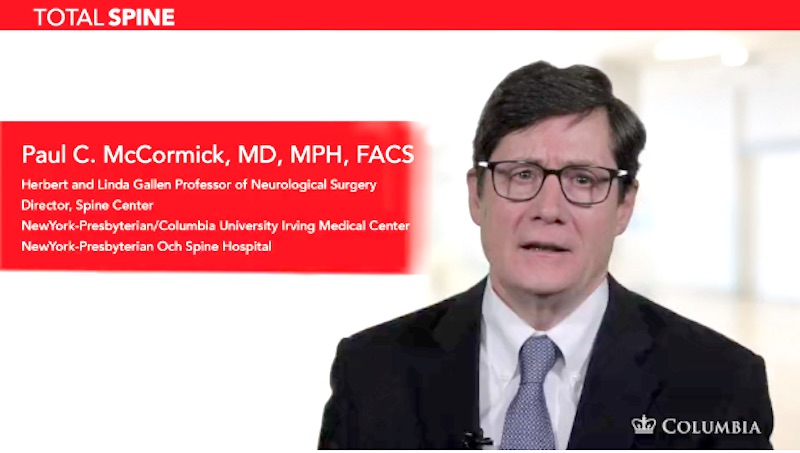Odontoid = A peg-like part of the second bone in the neck
Fracture = A break in a bone
A type II odontoid fracture is a break that occurs through a specific part of C2, the second bone in the neck.
Bones of the spine are called vertebrae. The bone involved in odontoid fracture is the second vertebra, C2, high up in the neck. The joint between C2 and the vertebra above, C1, has an outstanding range of motion. This is the joint that allows the head to rotate from side to side, bend forward and bend backward.
One of the unique features of this joint is a peg of bone called the odontoid process (sometimes called the dens). It is about the size of the tip of a pinky finger. The odontoid process sticks up from the front of C2 and fits into a groove in C1.
In an odontoid fracture, that peg of bone is broken. In a Type I odontoid fracture, just the tip of the bone is broken. In a Type II fracture, the most common type, the peg is broken at its base. In a Type III fracture, the bone is broken below the base of the peg.
Some fractures are considered stable, and some are unstable. In a stable fracture, the bone does not move out of its normal anatomical position and alignment. A stable fracture may “set” and heal itself. In an unstable fracture, the bone is more likely to move out of its normal position and alignment. Type II fractures are considered the least stable of the odontoid fractures. This makes them the most likely to require surgery.
| 

